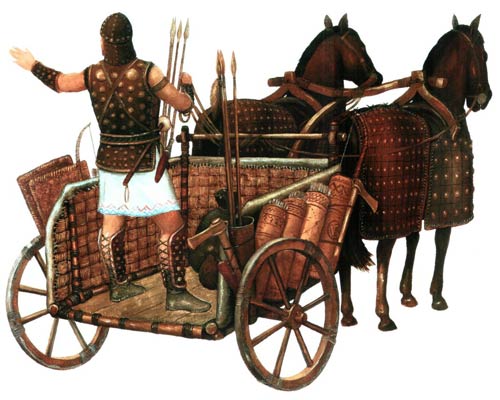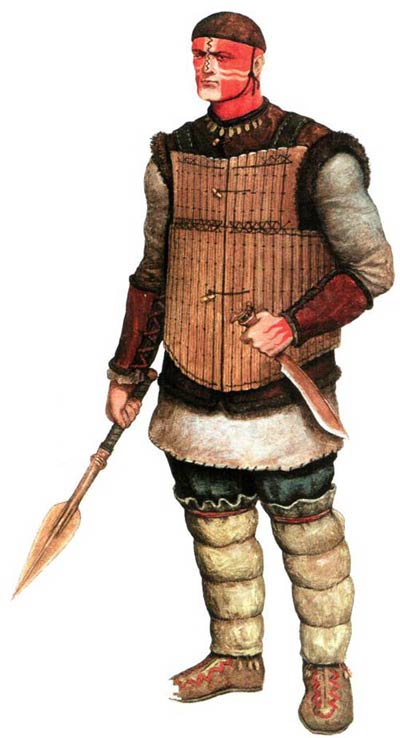The spot around Krakow is an interesting outlier.
Kopernik's father lived in Cracow but he emigrated to Torun (Thorn).
It is also believed that his great-grandparents came to Cracow from village Koperniki in Upper Silesia.
Etymology of the surname is given from Slavic koprowina (copper) or koper (dill). Or from Dutch / Low German kopper (copper).
Both words for copper of course originate from Latin "cuprum".
It seems that the family could be either of Slavic or Flemish / Dutch (from the Netherlands) origin.
Flemish / Dutch origin would explain why they are Kopernik not Kupfernik (Kupfer is a word for copper in Standard German).
The surname can be also of Slavic origin, though (etymology can be derived from several Polish dialects or from Sorbian).
An important argument for Slavic etymology (over Dutch / Low German) is the suffix "-ik", which is distinctly Slavic.
================================================
Medieval and Early Modern people did not pay much attention to spelling and ortography:
"Surnames of inhabitants of the Lidzbark District (1500-1772)" - excerpt from pages 19 - 20:
http://www.uwm.edu.pl/human/duch/komornictwoang.pdf
Latin was the main language of writing at that time (for example during the 16th century East Prussia's Königsberg's printing houses published 297 books in Latin, 183 in German, 104 in Polish, and several dozen in Lithuanian and Prussian).
Coming back to not paying attention to spelling (it also depends in what language one was writing):
Personal signatures of astronomer:
Nicolaus Copernicus (astronomer's personal signature from 1539)
Νικολευ Κόπερνικoυ (astronomer's personal signature in Greek)
Nicolaus Copernic (astronomer's personal signature at Padua)
Various spelling variants of astronomer's surname, as written by other persons of the 15th - 16th centuries:
Nicolaus Copernidus (spelling by J. Dantiscus)
Nicolaum Koperni (spelling by Bona Sforza)
Nicolaus Copernik
Nicolaus Coppernyck
Nicolaus Goppernic
Nicolaus Coopernick (in 1512)
Nicolaus Gopernick
Nicolaus Copernich
Nicolaus Coppernich
Nicolaus Coppernicus
Nicolao Copernico (spelling by G. J. Rheticus)
Nicolao Cupernico (another spelling by G. J. Rheticus - lol)
Nicolaus Coppernigk (in 1504)
And perhaps several more variants, that I've been unable to find.
Several examples of other Medieval people with this surname (or similar surnames) - original spelling from sources:
Stanislaus Kopernik (person from 1417)
Margritte Koppirnickynne (person from 1422; noted in the town book of Torun)
Petrus Koppernik (person from 1409)
Niczko Coppernik (person from 1375)
Joannes de Coppirnig (person from 1424)
Nicolaus Koppernik (person from 15th century)
Claus Kopernik (person from 1440)
Petir Koppirnicks (person from 1422; noted in the town book of Torun)
Niclas Koppernik von Crocaw (by some town chronicler from Gdansk)
Nicolaus Koppirnig (by some town chronicler from Gdansk)
Early recorded (in Latin) names of village Koperniki:
Coprnih (document from 1272)
Copirnik (document from 1284)
Copirnich (document from 1280s)
Copernik (document from 1291)
===========================================
Today the surname "Kopernik" seems to be most widespread in Poland:
But among Koperniks in Germany, the most common given name is Slavic "Lesław" (recent immigrants from Poland perhaps):
http://www.verwandt.de/karten/absolut/kopernik.html
Leslaw Kopernik kommt in Deutschland am häufigsten vor. (...)
Distribution of Kopernik surname today - highest concentration in Southern Poland (which is in agreement with the map of L51):
http://www.moikrewni.pl/mapa/kompletny/kopernik.html
Highest number is in county Rybnik (Upper Silesia), second highest in Gdansk.
Rybnik is close to Krakow. Krakow is also among the counties with people of this surname.





















